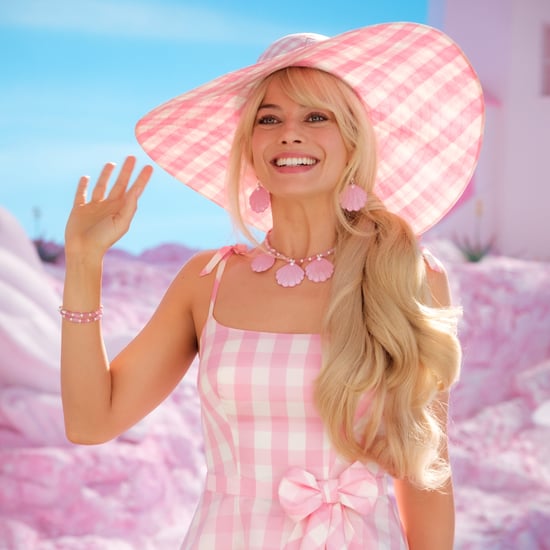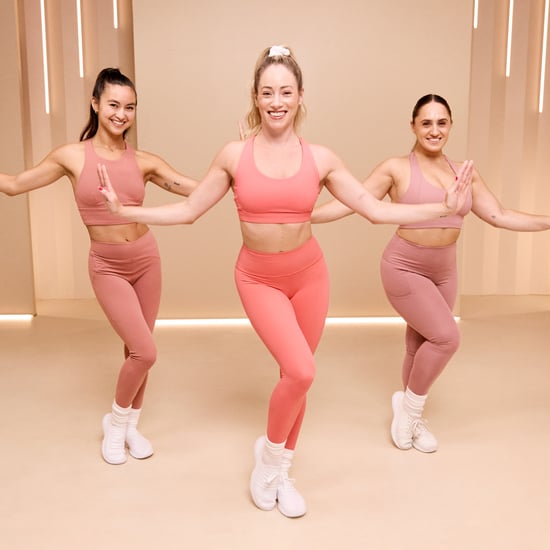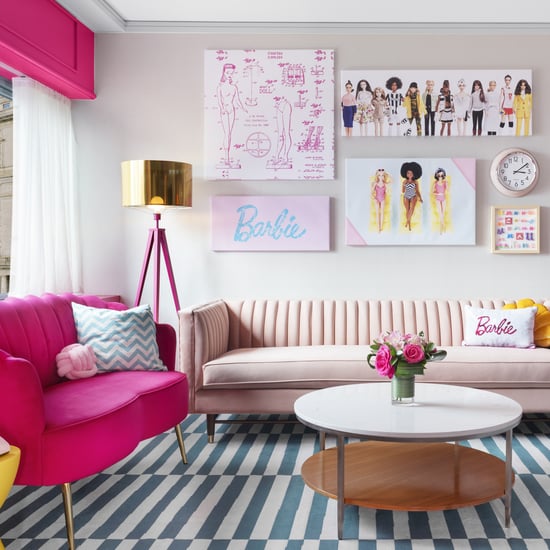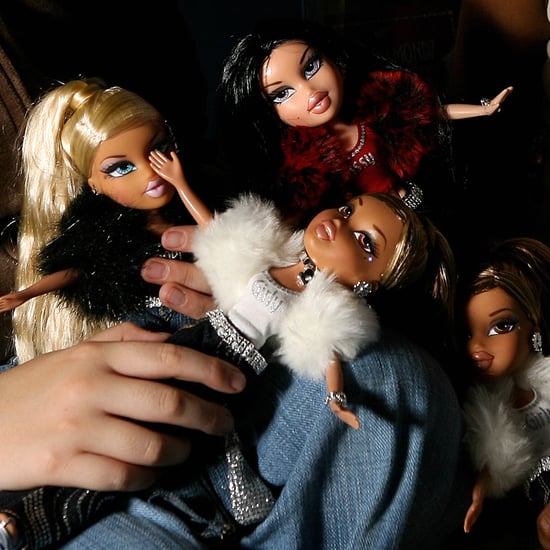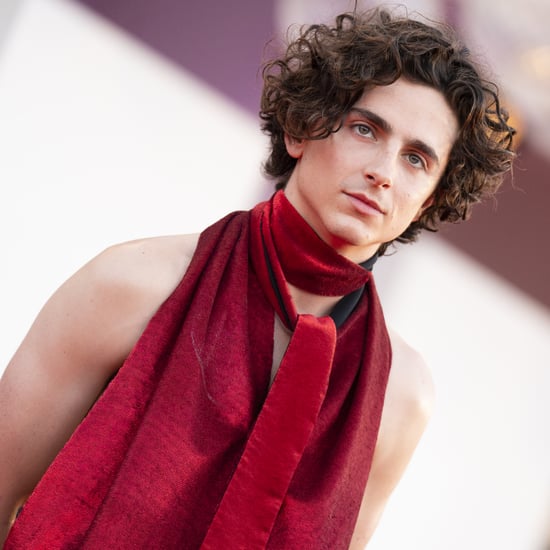Reclaiming Pink in the "Barbie" Movie Era
How "Barbie" Is Changing Society's Sexist View of Pink
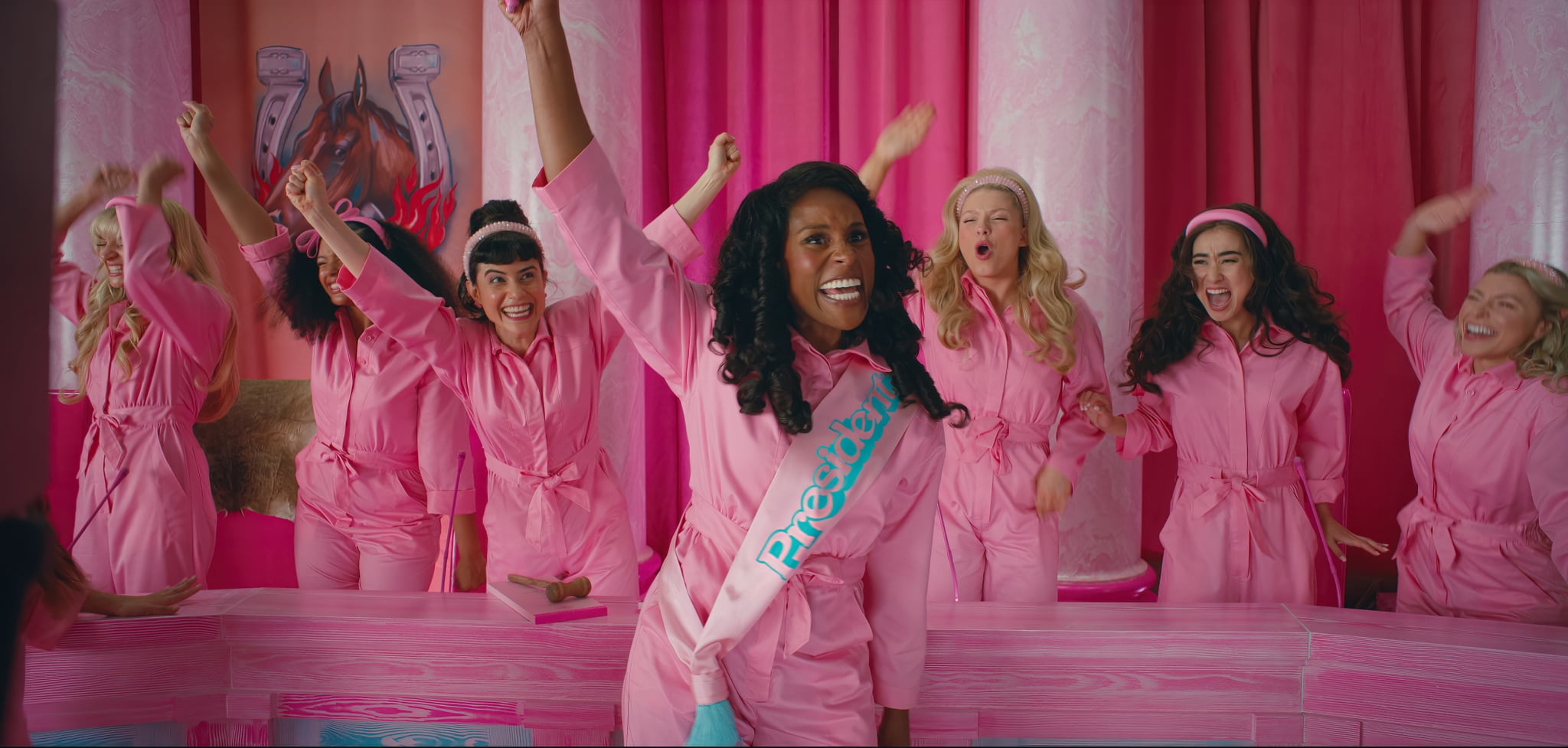 Image Source: Courtesy of Warner Bros. Pictures
Image Source: Courtesy of Warner Bros. Pictures
I've always loved pink. Dresses, handbags, shoes, luggage: my wardrobe is filled with the colour. But at some point, I realised I was virtually alone in my fascination with the traditionally girly hue. In society, pink has long been widely regarded as immature and shallow — associations that are intrinsically linked to misogyny.
Fortunately, that's not the case in Barbieland. Just take the montage scene in the new "Barbie" movie, when you're introduced to the utopia's most powerful women leaders. The President, played by Issa Rae, delivers a motivational speech. The all-women justices on the Supreme Court make a ruling. And they're all wearing pink or using pink accessories.
The scene is a near-perfect encapsulation of what's happening in the real world, thanks to the explosion of Barbiecore. In March 2022, Valentino's creative director Pierpaolo Piccioli sent a pink collection down the runway, kicking off a far-reaching colour trend. Celebrities readily accepted the assignment, with Lizzo, Hailey Bieber, Zendaya, and more dressing accordingly. This all perfectly set the stage for Greta Gerwig's "Barbie" movie to take the hue into overdrive. And, of course, Margot Robbie promoted the film in pink outfits inspired by Barbie's own wardrobe.
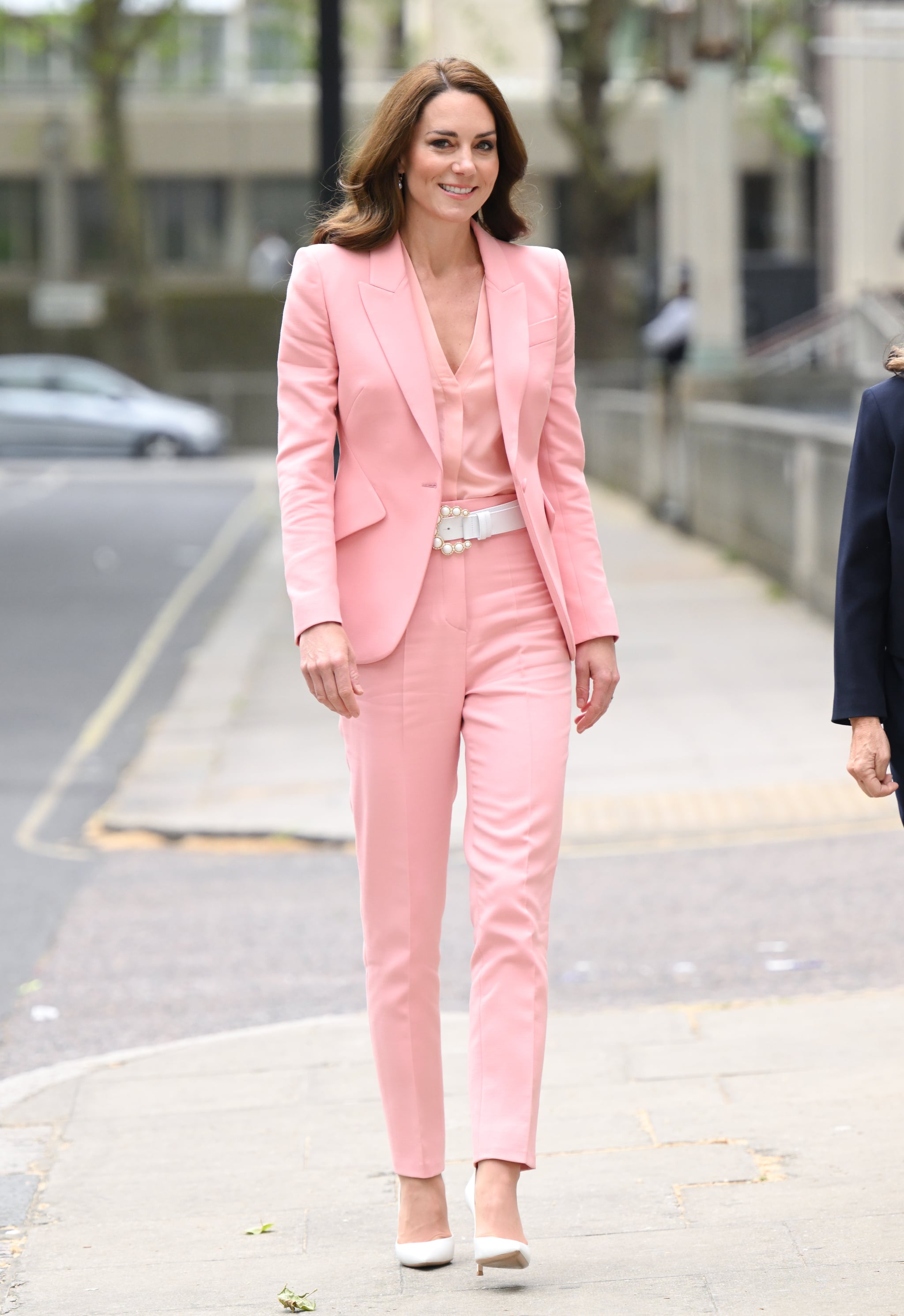 Image Source: Getty Images/WireImage/Karwai Tang
Image Source: Getty Images/WireImage/Karwai Tang
The colour craze isn't just reserved for the runway and red carpet: Kate Middleton carried out her royal duties in a smart Alexander McQueen suit in a soft shade of pink.
It's a sharp pivot from just a few years earlier, when pink was seen as superfluous and childish. The colour has long been burdened with negative associations. "Pink can be associated with passivity, and an unwillingness to take matters seriously," according to Sensational Colour. Colour Psychology says the colour's "negative sides are that it can seem weak, vulnerable and silly. It is also linked to shallowness and not seeing reality."
Dig a little deeper, and it's clear these negative associations are all rooted in sexism.
Before a baby girl is even born, pink is present. At gender-reveal parties, the hue is a universal indicator of femininity. It dominates the baby-shower theme, all the gifts, the nursery, and more. It's a colour that has long been attached to womanhood.
As such, it assumes the same negative connotations that women-centric ideas often do. Pink isn't considered as serious as navy and black, not as powerful as red, and not as endearing as yellow. Most people would never wear a pink suit to a business meeting, for example. There's even much adieu about calling it "salmon" when men dare to wear it (and may I add, look great doing so).
The Barbiecore trend marks a shift in the zeitgeist. Pink is now dominating the runway. It's in the White House. It's ubiquitous on the red carpet and at royal events. And all over the world, people are gathering in movie theatres wearing pink.
The same sexist stereotypes that plague women also befall pink: weak, immature, emotional, shallow, and so on and so forth. Similar to other women's interests — such as fashion and makeup, artforms in their own right — pink doesn't command respect. It's regarded as frivolous; it's trivialised and even outright shamed.
For a time, millennial pink emerged as the antidote to these associations; the softer colour connoted strength and calmness while also transcending the gender binary. But it's since fallen out of favour. We're also witnessing a reclamation of pink as part of Gen-Z's bimbo-feminist movement, where TikTokers use sarcasm to disrupt stereotypes about pink clothes and blonde hair. However, that approach is more subversive.
The Barbiecore trend marks a lasting, visible shift in the zeitgeist. Pink is now dominating the runway. It's in the White House. It's ubiquitous on the red carpet and at royal events. And all over the world, people are gathering in cinemas wearing pink.
 Image Source: Courtesy of Warner Bros. Pictures
Image Source: Courtesy of Warner Bros. Pictures
I dressed head-to-toe in the colour to attend a "Barbie" movie screening: a cutout pink bubble-hem dress from Cleobella, a bucket bag from Black-owned brand Maya Winston, and pink Barbie-foot heels.
As I made my way to my seat and looked around my section of the movie theatre, I saw that everyone was wearing black and grey. I questioned why I bothered to dress according to theme. "Is it silly to dress up for movies?" I wondered. "In head-to-toe pink at that?"
But I resolved that I genuinely love the colour and I love fashion. As long as dressing up brings me joy, then I'll do it in any setting — even if I'm the only one participating.
Later, as the crowd dispersed from the cinema, I found my people: a cloud of pink in every tone from soft pastel to bright fuschia. We exchanged compliments, smiles, and approving glances.
The collective joy around a colour — that's been maligned elsewhere but felt safe and welcome here — was palpable. There was this sense of togetherness, of freedom, of fun.
In this space, pink wasn't weak or immature by any means. People from all walks of life were reclaiming the colour and celebrating womanhood in all its forms. Pink was recast as a symbol of strength, power, community, and most of all, joy.
As we poured out onto the busy city streets, little pink dots getting lost in a sea of Black, I was still beaming. I smiled my whole commute home.

